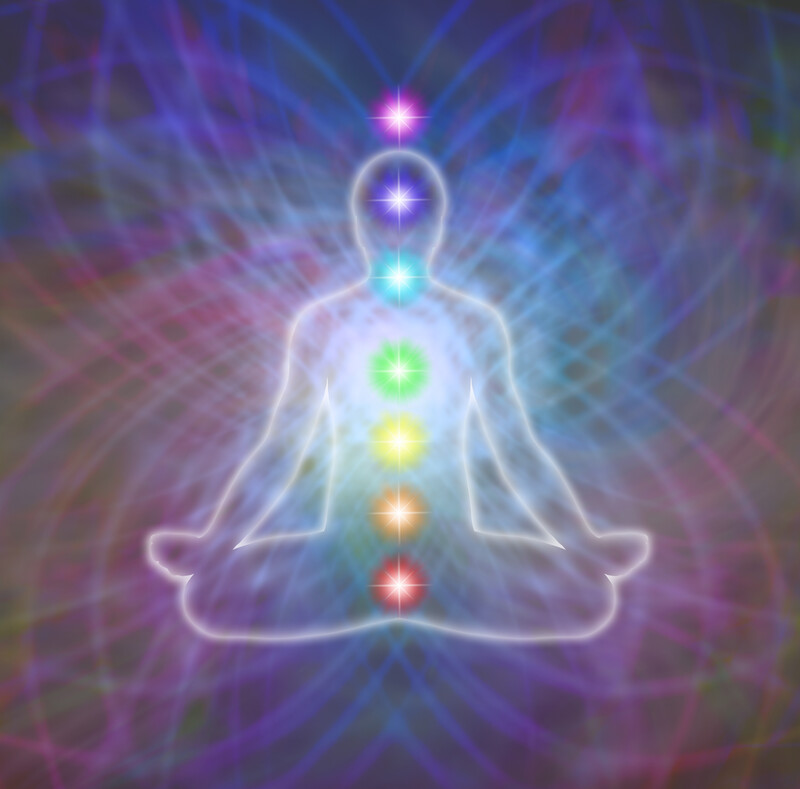The Vital Force
Homeopathy treats the person or animal, not the name of the disease. There are possibly many remedies that could be used for each conventional diagnosis. We must choose the remedy according to the mental, emotional and physical symptoms/characteristics the patient is experiencing. Remedies are made from plants, animals, toxins, metals, minerals, imponderabelia. They are diluted and succussed (a form of shaking) such that there is nothing left of the original substance on a physical level. Thus, homeopathy is a form of energy medicine.
Everything is energy/vibration. Hahnemann coined this term to describe the life giving essence in all living things. The Vital Force is responsible for maintaining health and life, similar to the Chi in Chinese medicine. It is the energy that “animates” the body, maintaining all functions: digestion, nervous system, breathing, brain function, heart beat. It's what leaves the body upon death. Plants and minerals have a Vital Force. The Vital Force of a plant can be seen with Kirlian Photography. We also know that minerals have a certain Vital Force because they have a “vibration”. We use minerals made into homeopathic remedies: Arsenic, Phosphorous, Zincum, Cuprum, Granite, Limestone, etc.
The goal of homeopathy is to work with the Vital Force so that it can stimulate the body to do what it would normally do in a healthy state - heal an abscess, cut, bruise, etc. and overcome chronic disease, but for whatever reason it is too weak to do so.
Homeopathic Remedies
The prescription of a particular remedy is based upon the totality of symptoms of the individual. Unique and characteristic symptoms are
especially important, such as diarrhea which causes your pet to wake from a sound sleep early every morning while s/he has no bowel problems the rest of the day. General observations including behavioral traits, especially if there is a change, are also important. In addition, occurrence of a certain symptom at specific times of the day or during certain environmental conditions (seasonal, during storms, in the cold, heat, etc.) can also be useful. It is sometimes helpful for owners to keep a written log to remember what happened and when.
The goal of homeopathic treatment is to achieve the highest possible level of health. Homeopathy does have important limitations however. Because it relies on the natural healing abilities of the body, advanced organ pathology such as cancer or crippling arthritis, which involve changes in the structure of the body, can rarely be fully reversed. The animals who suffer from such conditions will often however be helped to become stronger and more comfortable and have a better quality of life. In addition, surgical intervention is still required when appropriate, such as for traumatic diseases.
Finding the Right Remedy
There are thousands of homeopathic remedies. The key to finding the right remedy is individualization. This means that the totality of all symptoms experienced by the patient - including those apparently unrelated to the main complaint - has to be known to prescribe the medicine. The mere name of a disease like hyperthyroidism, arthritis, Lyme, etc. is not enough.
For this reason, no one can answer the popular question “My pet has disease X. Which homeopathic remedy should s/he take?” In the course of an in-depth interview, a veterinary homeopath will try to form a complete picture of your pet’s current state. This will include symptoms from past illnesses.
For example, let’s say the young chocolate Labrador Retriever “Bilbo” has been lethargic, depressed, and not eating well for a few days. He has never been sick before. He is usually very active, extroverted, and gobbles all of his food. He has green-yellow pus coming from both eyes, and has a hacking cough first thing in the morning and when going outside. After coughing he will often spit up a little yellow phlegm. “Bilbo” is given a homeopathic remedy which can produce these same symptoms in a healthy pet. In a few days he becomes more active, regains his appetite and wants to go out and play again. There is still some coughing, but over the next week or two that symptom gradually diminishes. Notice that the natural healing process is gradual, unlike when a drug is used to rapidly stop an individual symptom.












